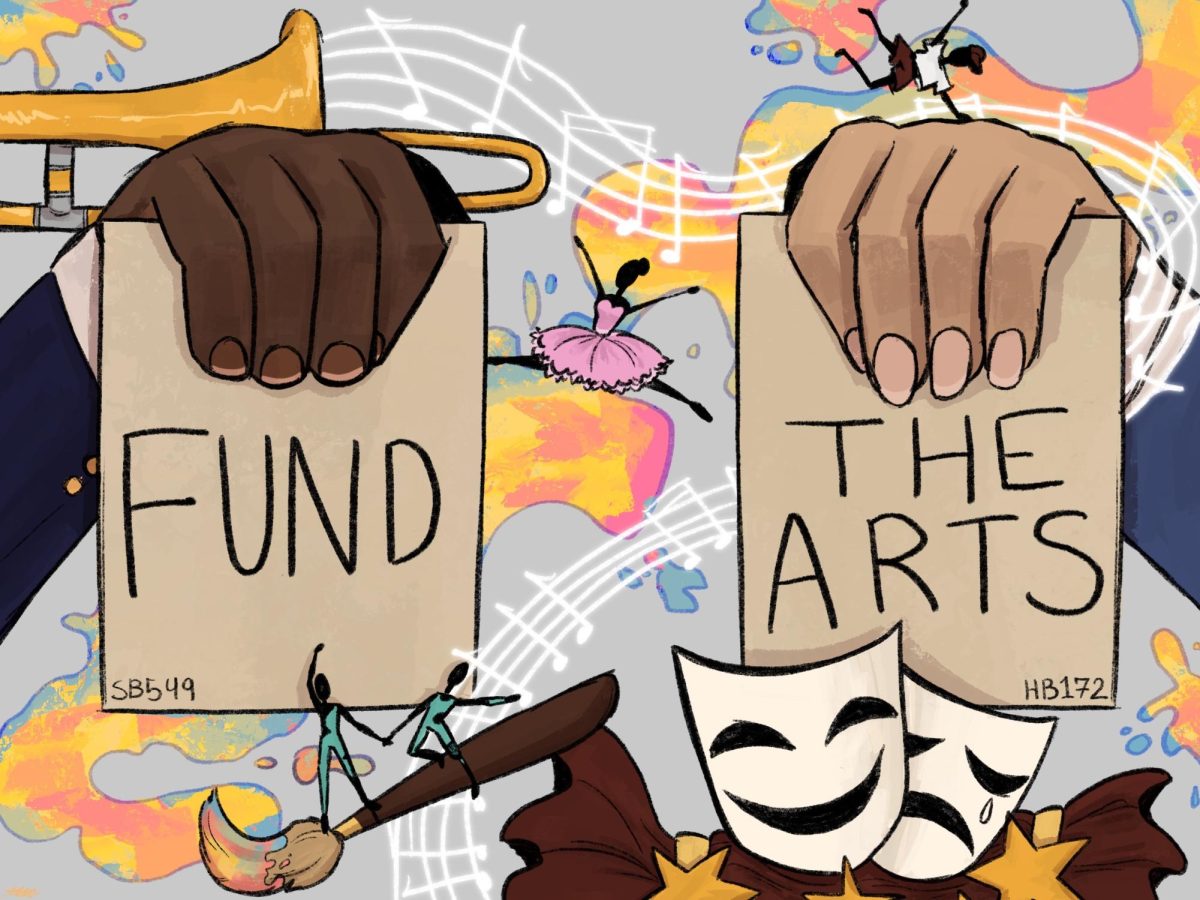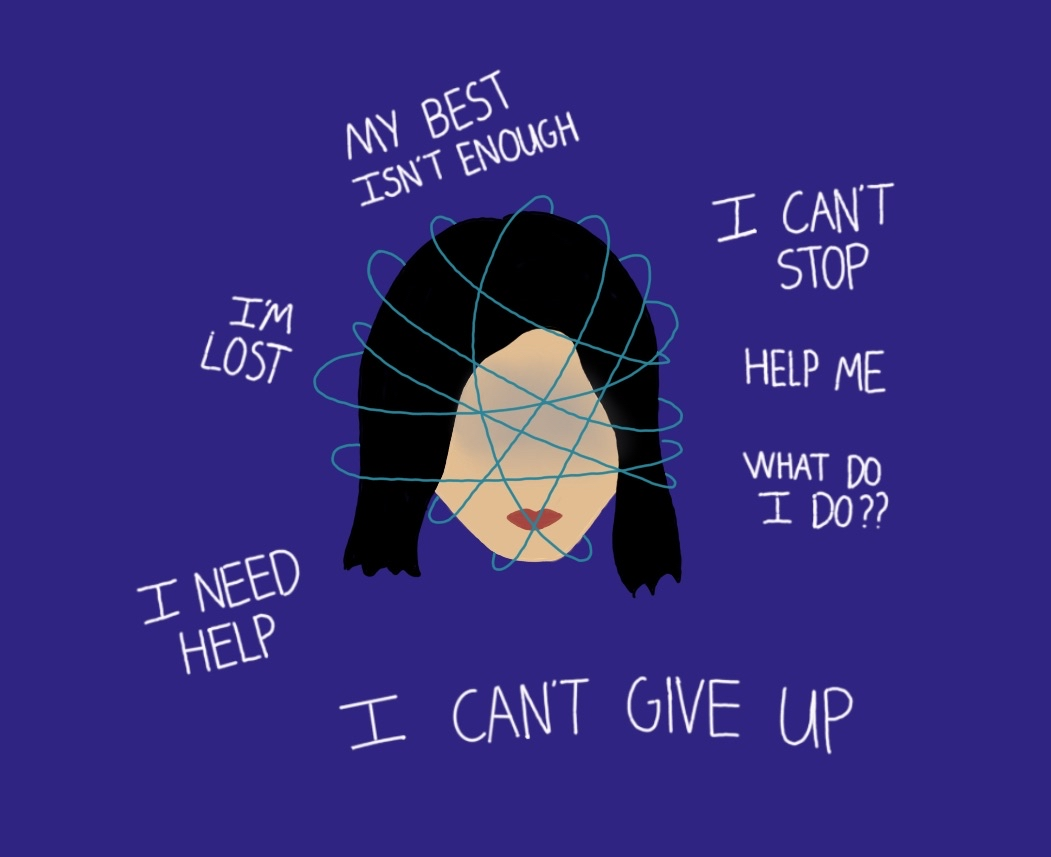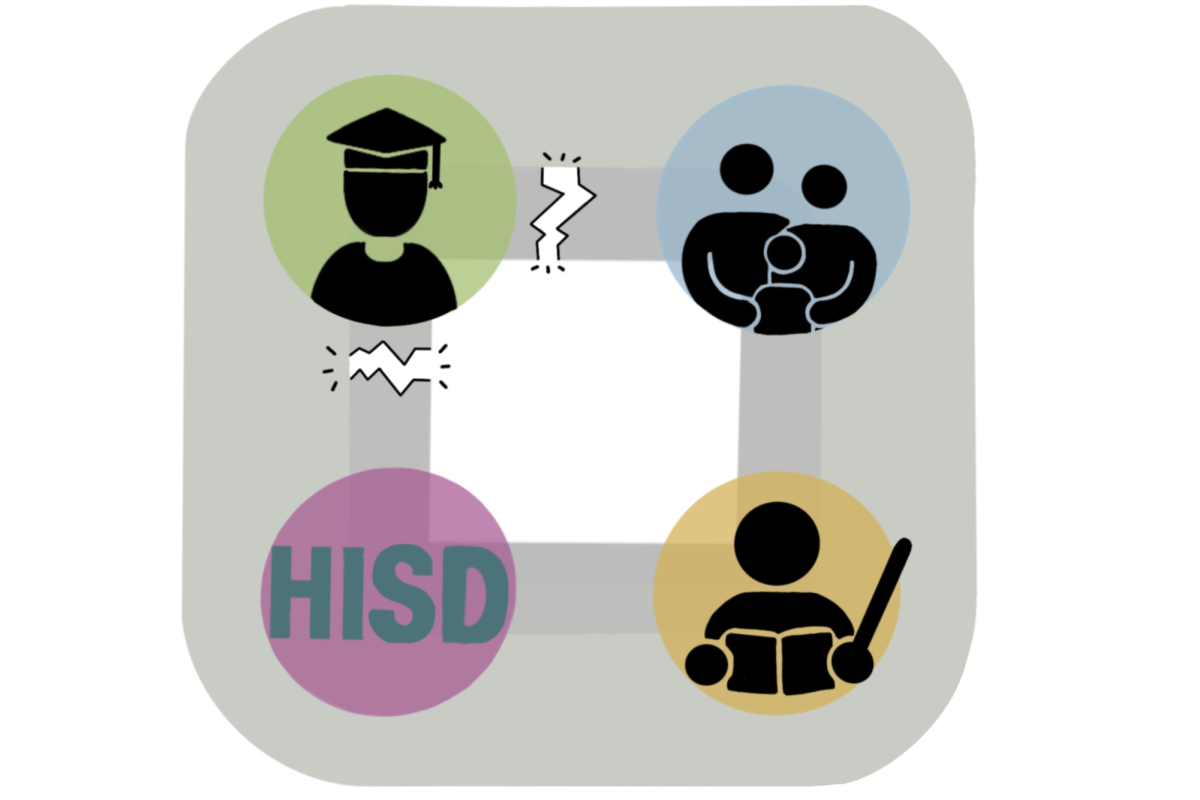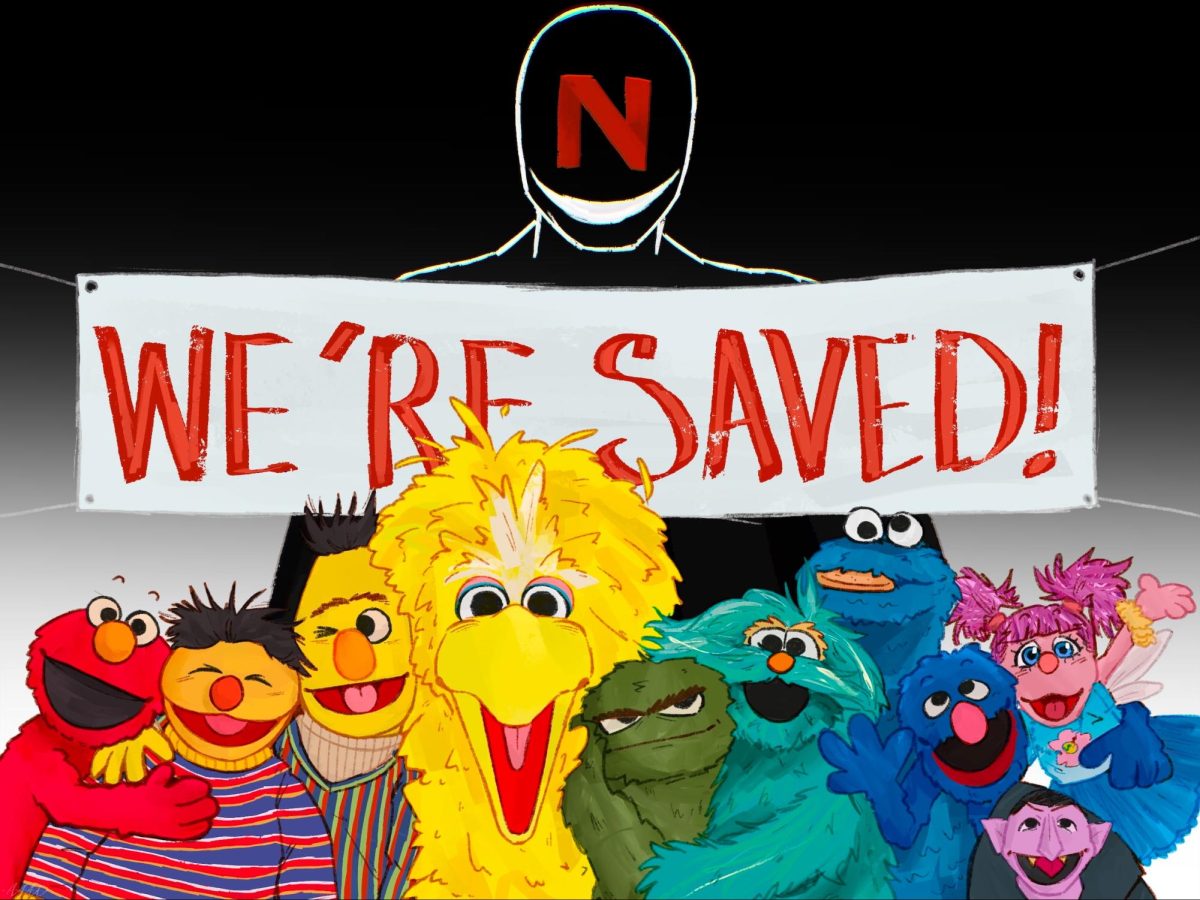Time and time again, we have seen the same unfortunate story unfold for scholastic fine arts programs.
Even if it’s not one to one, it always seems to rhyme. A school or district has to make budget cuts, and when those inevitably hit the classroom, the arts are the first place that suffer.
It happened in Fort Worth Independent School District, with its fine arts budget decreasing an entire $1.2 million in the 2024-25 school year.
It happened in Socorro Independent School District, where a $38 million budget cut included the elimination of elementary fine arts programs.
And it even happened in our very own Houston Independent School District, where at the tail end of last year, art teachers were left with an ‘uncertainty’ about the future of their jobs and programs. This was further exacerbated when a list of “reduction in force” positions that district leaders were considering to cut placed “Art” first on the list.
But after years of this cycle, two bills introduced in the 2025-26 Texas legislative session may finally bring it to an end: Senate Bill 549 and House Bill 172.
Filed as companion bills by Senator Jose Menendez and Representatives James Talarico and Ana Hernandez, SB549 and HB172 require that schools receive weighted funding for each student grades eighth through 12 enrolled in a fine arts course, further stating that a percentage of the money “must be used in a manner that prioritizes providing fine arts education to students.”
Basically, schools get more money for students taking fine arts than those who don’t.
This legislation would be amazing for fine arts programs like Bellaire’s, and it works for two key reasons.
First, schools need funding and if given the opportunity to receive more funding, you can bet nine times out of 10 that they will take it. Since the legislation outlines that some of the money gained from the weighted funding can be used as general funding, schools will be encouraged to add more course selections in the arts, such as theater and dance in hopes that students will participate in fine arts so they can qualify for the weighted funding.
Second, by building more comprehensive fine arts programs, students will be more inclined to actually join and stick with these programs due to their newfound strength. This leads to a continuous loop that benefits the programs with funding and their students benefiting from better funded programs.
Fine arts participation directly impacts the quality of students and their education, such as giving them encouragement to do well in school, something that Choir Director Amy Solberg observes directly.
“Fine arts serve as a good motivator for a lot of these students,” Solberg said. “We want to encourage students to learn because they want to learn for the sake of learning, but the reality is not every student loves every subject. Having that focus on ‘I have to pass this class to do [my art]’ is one impact that is really tangible.”
Not only does fine arts engagement give students motivation to do well in school, but it can also have significant positive mental effects, such as the improvement of self esteem and increasing serotonin levels. Fine arts programs at schools not only allow students to experience these benefits, but they act as key spaces for these students to interact with people who have similar interests as them – something that risks going away if there isn’t proper funding.
The current budget challenges that the fine arts face, such as the $1000 cost for the music rights for the Bellaire’s annual Pop Show, place them in a unique position. Programs like choir typically have to rely on Booster Clubs, or other outside fundraising organizations, for their needs.
“We need music,” Solberg said. “We can’t just buy music and photocopy it, because that’s against the law. I’m very fortunate to have a very active parent group that helps us raise money. They run their own fundraisers for choir, so they’ve been very helpful. We definitely have issues paying for our accompanist, but the last two years [Niggli] has found those funds to pay for accompanist. In my last 20 years, the strongest force has been parents, outside of school, raising money.”
The strategy of outside fundraising, although helpful, should not become the status quo for fine arts programs, as it enables the state and districts to not increase fine arts. With a weighted budget plan from the provided bills, fine arts programs wouldn’t have to rely on outside fundraising groups, or, in the worst case scenario – their own pockets.
By increasing funds for these programs, not only does it decrease the likelihood programs like Bellaire Choir will have to rely on parent groups, but it can also lead to an improvement in both the equipment and environment.
“Increased funding could potentially expand programs,” Principal Michael Niggli said. “For example, when you talk about band, there’s all kinds of music that students can play, and we might end up being able to open up a new section [for] something that we don’t have right now. Another impact from potentially increased fine arts funding would be to staff our theater or guitar departments with a third teacher, which I think would be very worthwhile and helpful to those departments.”
But when these programs face challenges, such as HISD’s attempt to reduce the “deficit to zero,” it makes it harder for students to truly be enriched in the fine arts, which is why it is essential for these programs to receive the funding they deserve.
As students, we should support these bills so that Bellaire’s arts can not only continue to thrive, but grow even larger. These programs give students the means to express themselves in a way no other place does, enabling mental healthcare and enriching interaction with other artists.
It’s about time that the money matches that.










